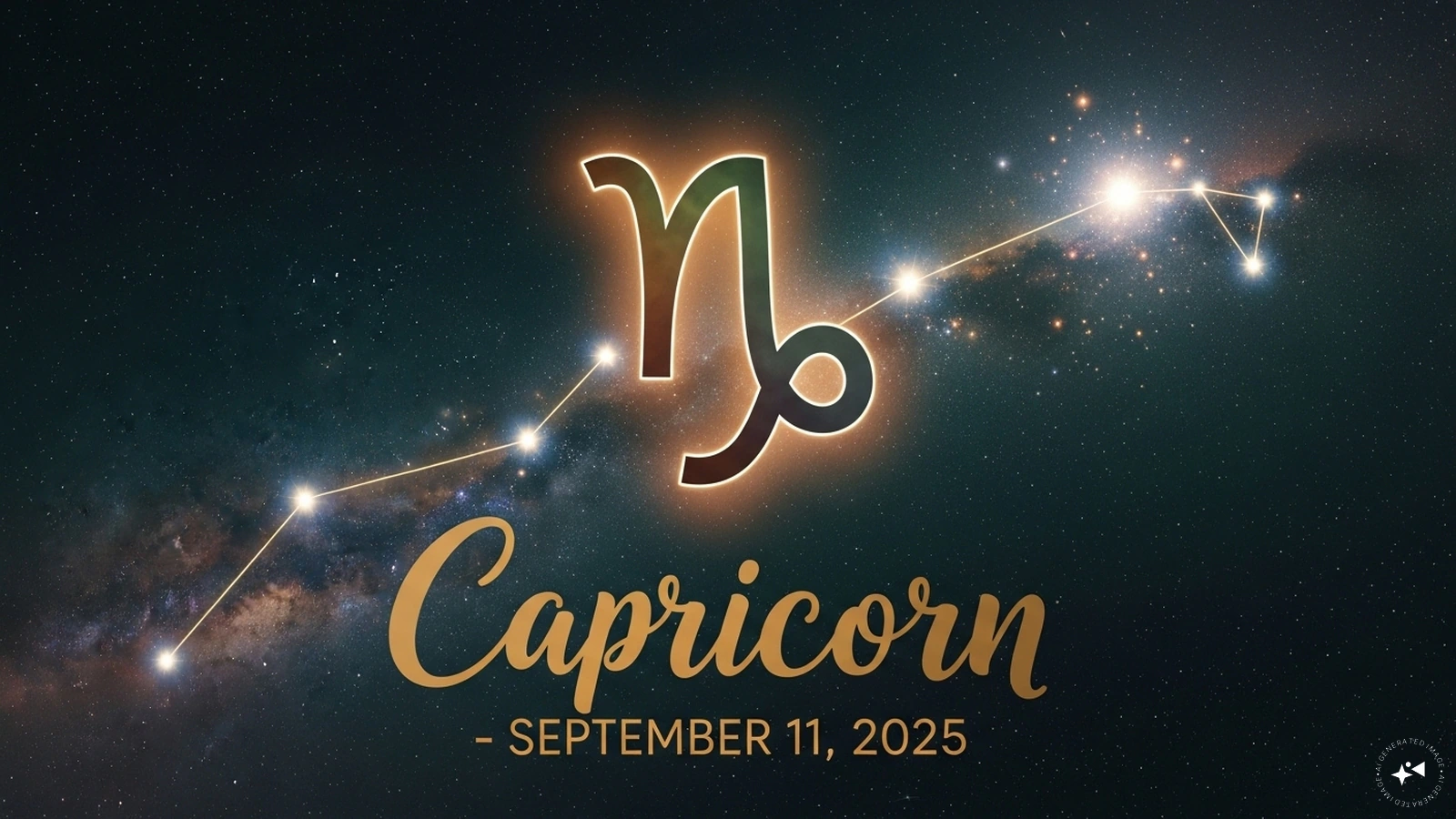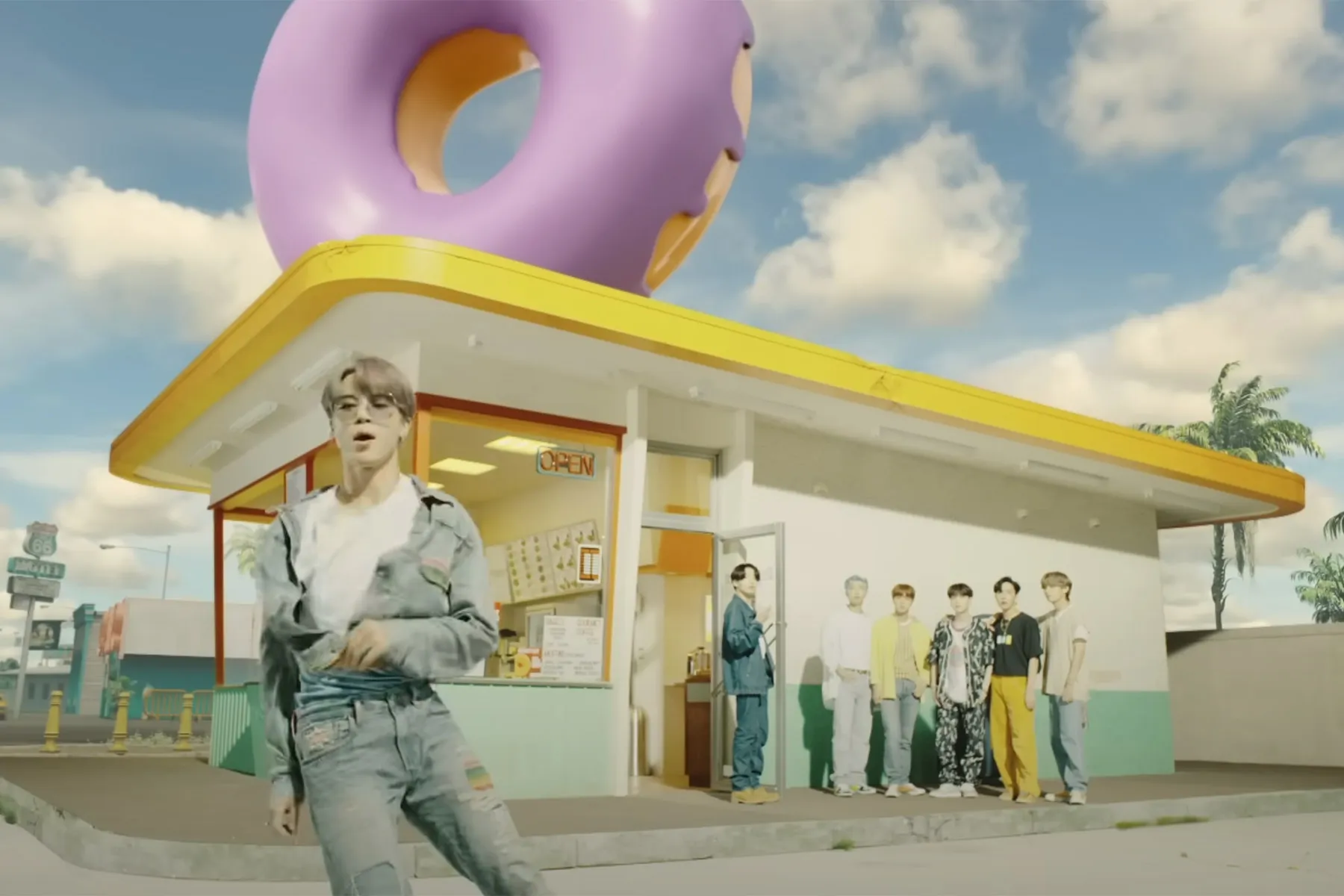
Demon Slayer: Infinity Castle has slashed its way to the top of the North American box office with a historic debut, delivering the largest anime opening weekend ever in the region. The film, officially titled Demon Slayer: Kimetsu no Yaiba – The Movie: Infinity Castle, was released in North America by Crunchyroll, Sony’s anime distributor that is on the path of becoming a theatrical powerhouse.
With a $70 million domestic launch, the film shattered expectations and cemented its place as one of the biggest theatrical events of 2025. The record-breaking figure is especially striking given the movie’s reported $20 million budget, a fraction of what Hollywood often spends on superhero tentpoles.
For an industry struggling to balance ballooning costs with uncertain returns, the success of Infinity Castle signals that anime is no longer a niche product but a reliable box office draw. To better understand what this means for anime and the wider film industry, I reached out to box office experts. They explained how Infinity Castle overperformed, why audiences are embracing anime in theaters, and what lessons Hollywood should take from its success.
Analysts on Why Demon Slayer: Infinity Castle Overperformed
Box office columnist Scott Mendelson, who runs The Outside Scoop, admits he expected strong numbers for Demon Slayer’s theatrical debut, but was surprised by just how high they went:
“I was frankly expecting it to pull a proverbial Pitch Perfect 2/Austin Powers 2 (a sequel that opens with a gross larger than the domestic total of its predecessor), but I was slightly impressed with the sheer size of the debut. Even with all signs looking solid, I felt I was being bullish, expecting a $60 million domestic debut.
The $70 million debut implies that either plenty of fans waited until the weekend to make firm moviegoing plans or there was slightly more-than-expected “walk-up” business by those wondering what the fuss was about.”
For Brandon Katz, Director of Insights & Content Strategy at Greenlight Analytics, the data pointed to a breakout well before opening day:
“Demon Slayer’s performance this weekend was not a surprise—if you were looking for the right breadcrumbs. Its ability to supercharge an under-served audience boosted Greenlight Analytics’ debut projection to $67M-$82M by Thursday morning.”
Katz noted that the audience skewed more evenly between men and women compared to prior anime releases, showing the franchise’s widening appeal.
Demon Slayer: Infinity Castle is not the first surprise hit to defy theatrical expectations this summer. Just weeks ago, KPop Demon Hunters impressed at the box office despite playing on a limited number of U.S. screens and despite being available on Netflix and becoming its most popular film of all-time prior to its theatrical debut.
“Both are examples of demographically specific event films,” Mendelson says, seeing a clear connection between the two: “There’s a very real commercial value in offering up a proverbial prime filet to an underserved demographic … Better to give the kids Five Nights at Freddy’s than try to convince them that The Exorcist is still cool.”
What These Successes Mean For Hollywood
For Hollywood, the lesson is simple. Anime is big business, even without Hollywood’s traditional formulas. There’s a reason Crunchyroll has begun having its own presentation for exhibitors at CinemaCon over the last few years.
Lower budgets, bigger returns. Unlike live-action superhero films that can cost hundreds of millions, Infinity Castle shows how built-in fandoms can deliver blockbuster results at a fraction of the cost.
Case-by-case potential. Mendelson explained that studios “can attempt to capitalize on this, to varying degrees and on a case-by-case basis. Some will work … and some won’t, primarily due to reasons related to the property itself. But anything that allows less money to be spent on per-movie marketing … is a good thing.”
No celebrity casting required. While the English voice cast does include Channing Tatum and Rebecca Wang, alongside the original series voice cast, anime thus far does not rely on high-ticket celebrities in their voice cast, nor the usual song-and-dance junket and premiere circuit. The IP and fanbase do the heavy lifting.
Sony’s advantage. Katz emphasized how Sony’s acquisitions have reshaped the market, saying “by acquiring Funimation and Crunchyroll in recent years, Sony has hoovered up a massive portion of the western anime market … Crunchyroll is the most underrated investment in recent media history … Sony’s acquisition of the Alamo Drafthouse theater chain also provides small but valuable real estate for its continued push into theatrical anime.”
Katz also framed the movie as part of a larger industry shift, noting that “this is more about a slow shift toward atypical theatrical product,” pointing to the success of Demon Slayer, Taylor Swift: The Eras Tour, Renaissance: A Film by Beyoncé, KPOP Demon Hunters, and Hamilton as examples of non-traditional offerings that distributors and exhibitors are now experimenting with.
The Future of Anime at the Box Office



